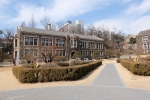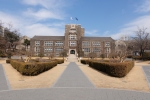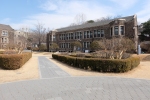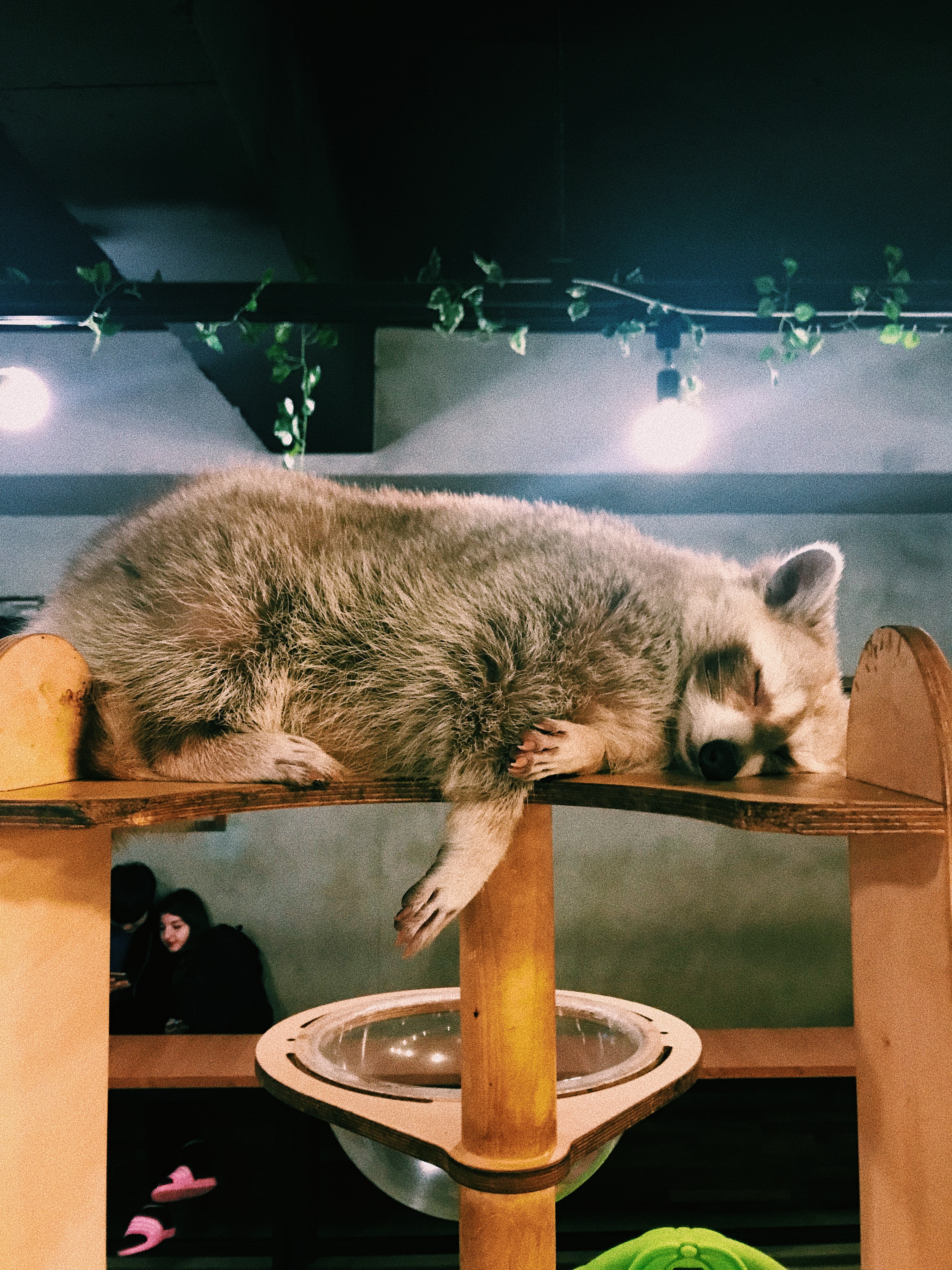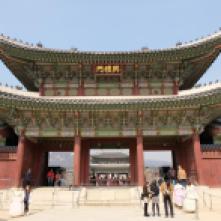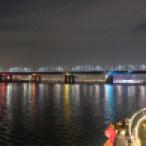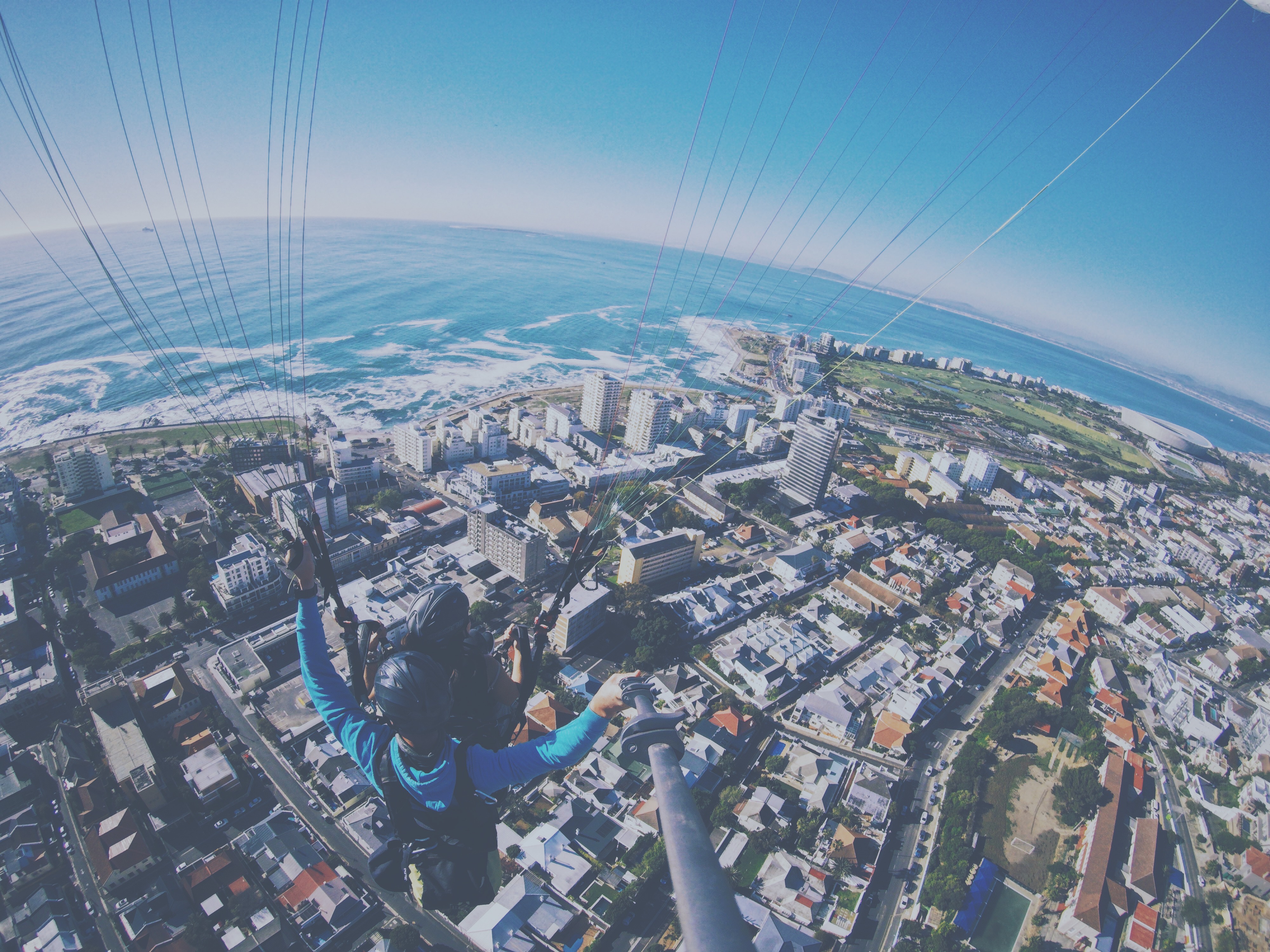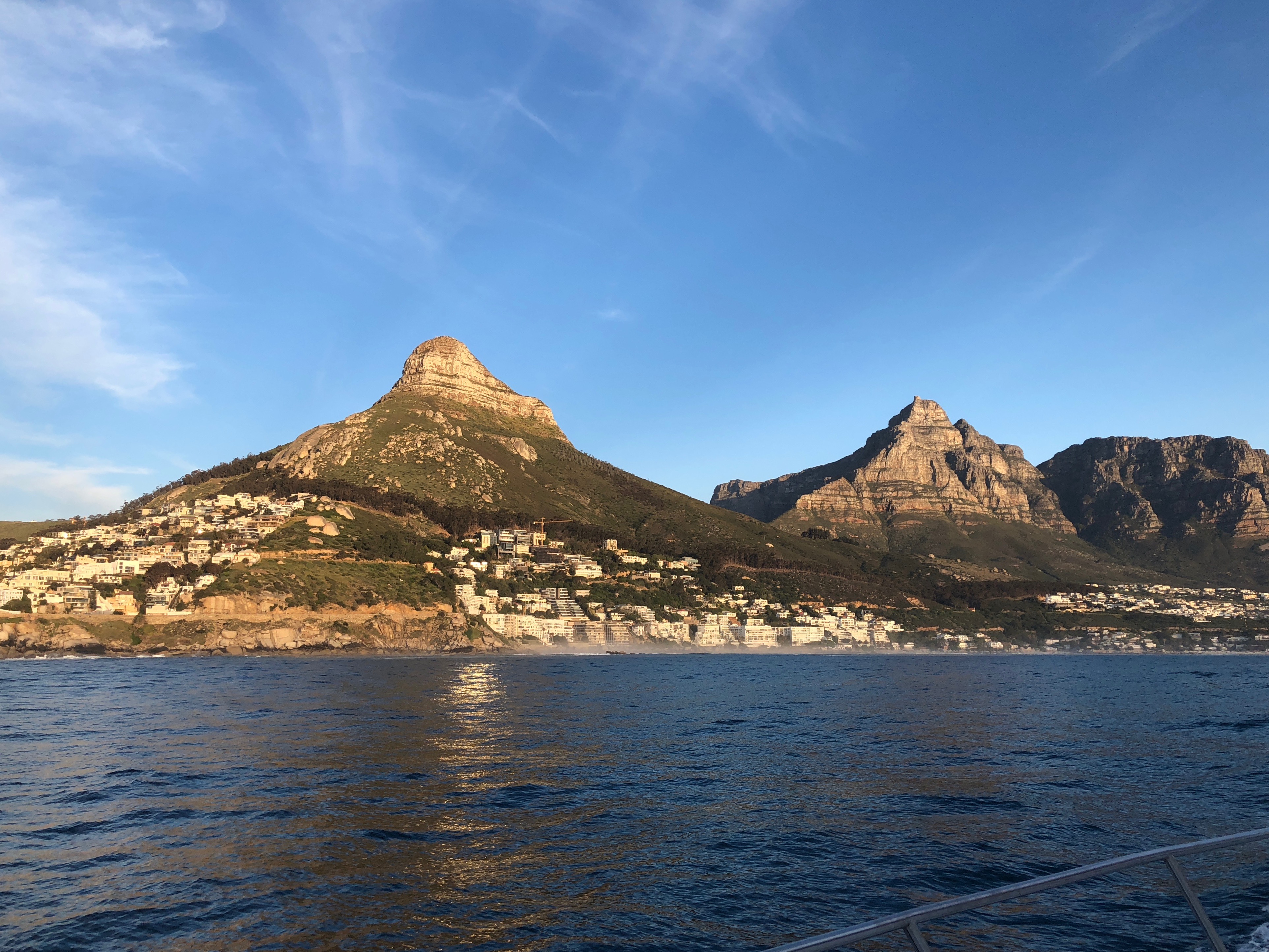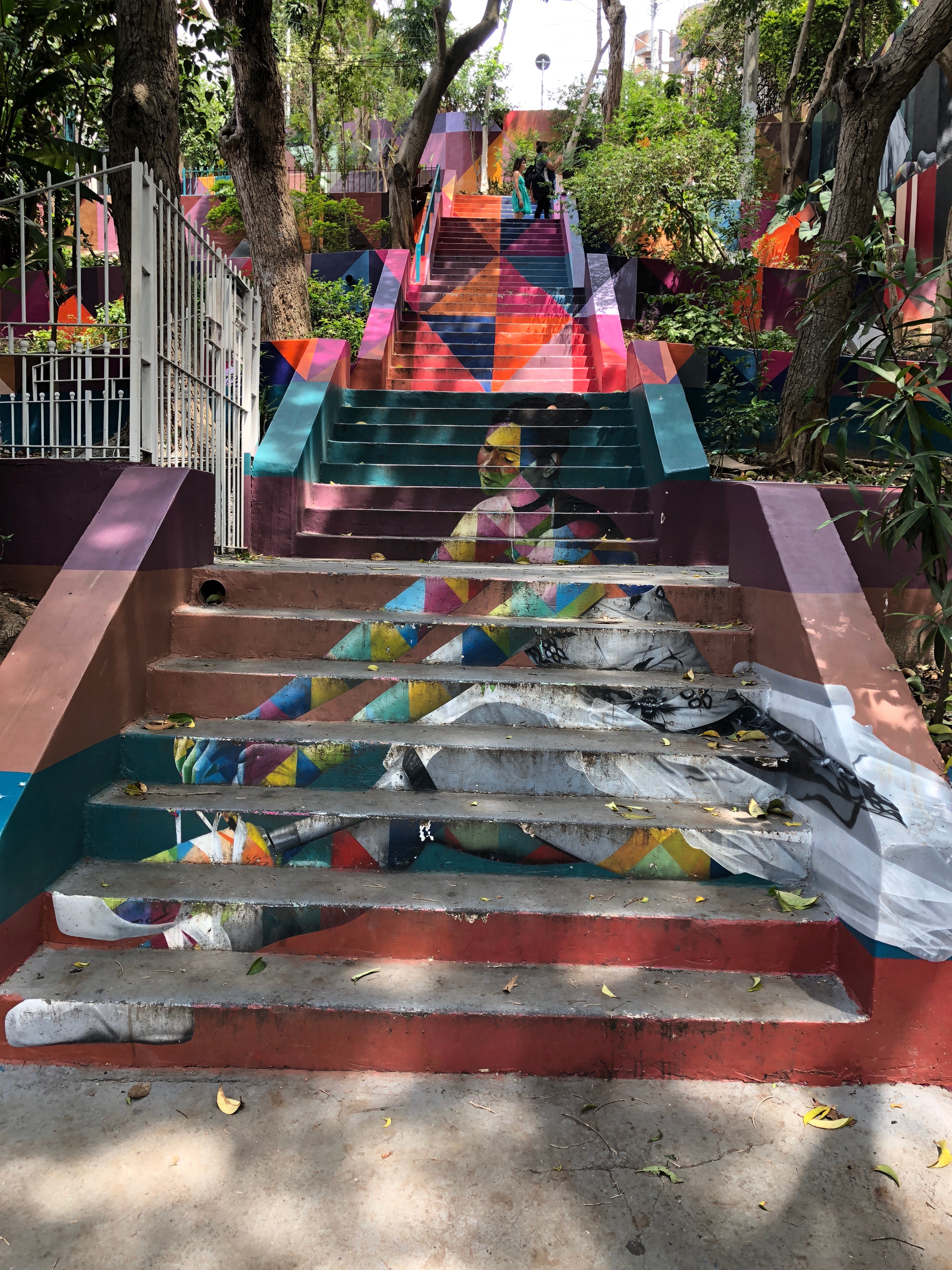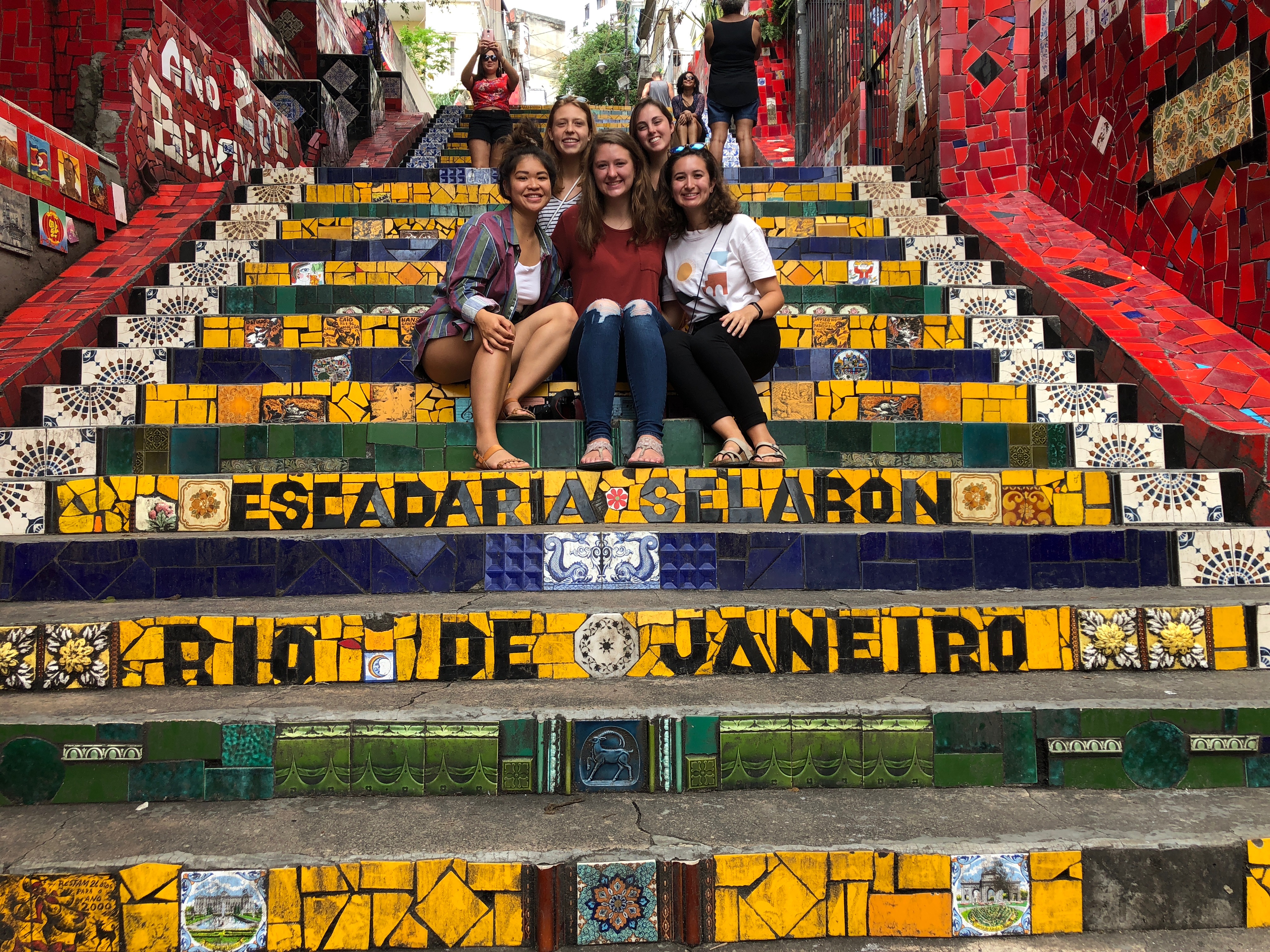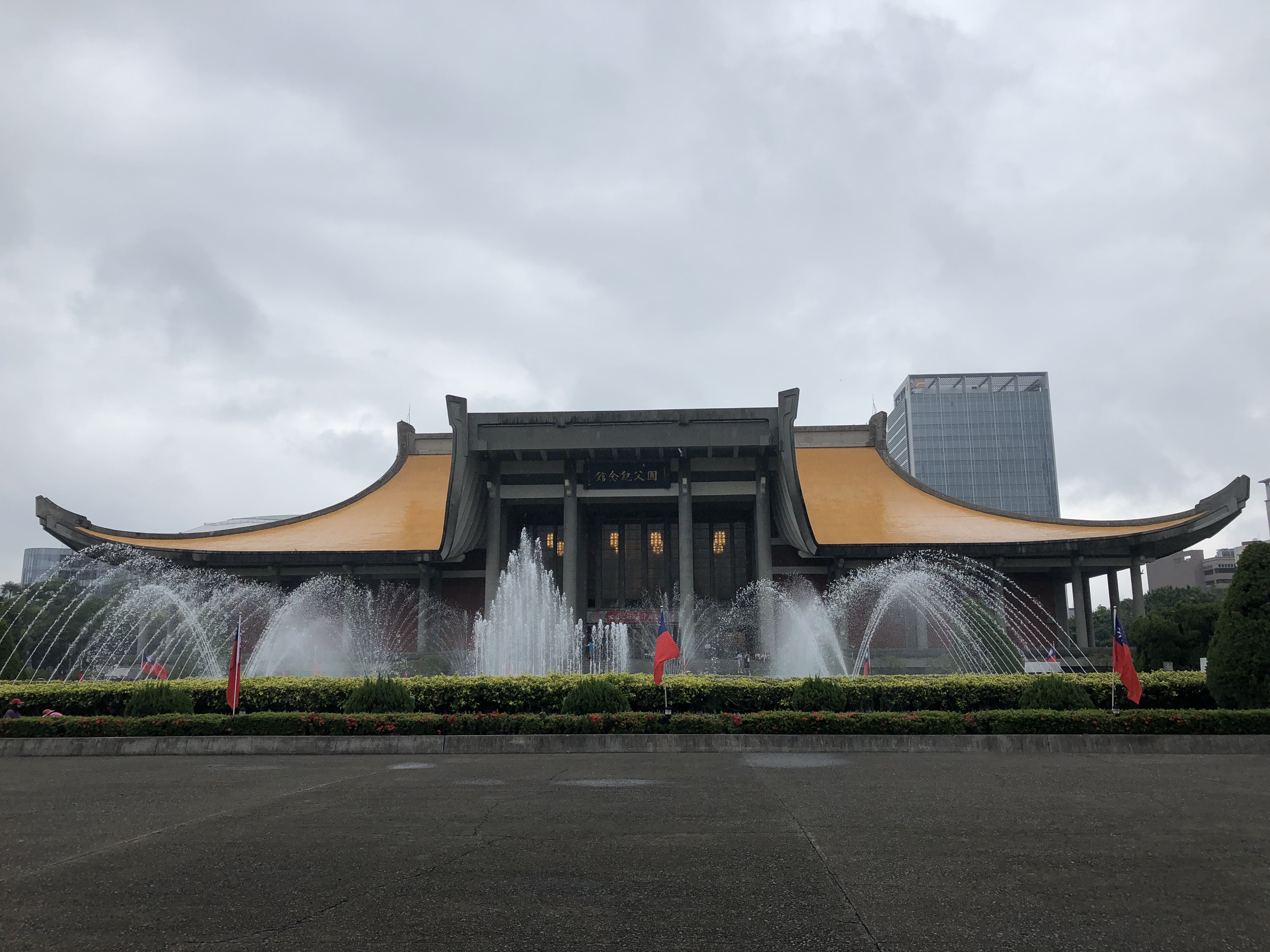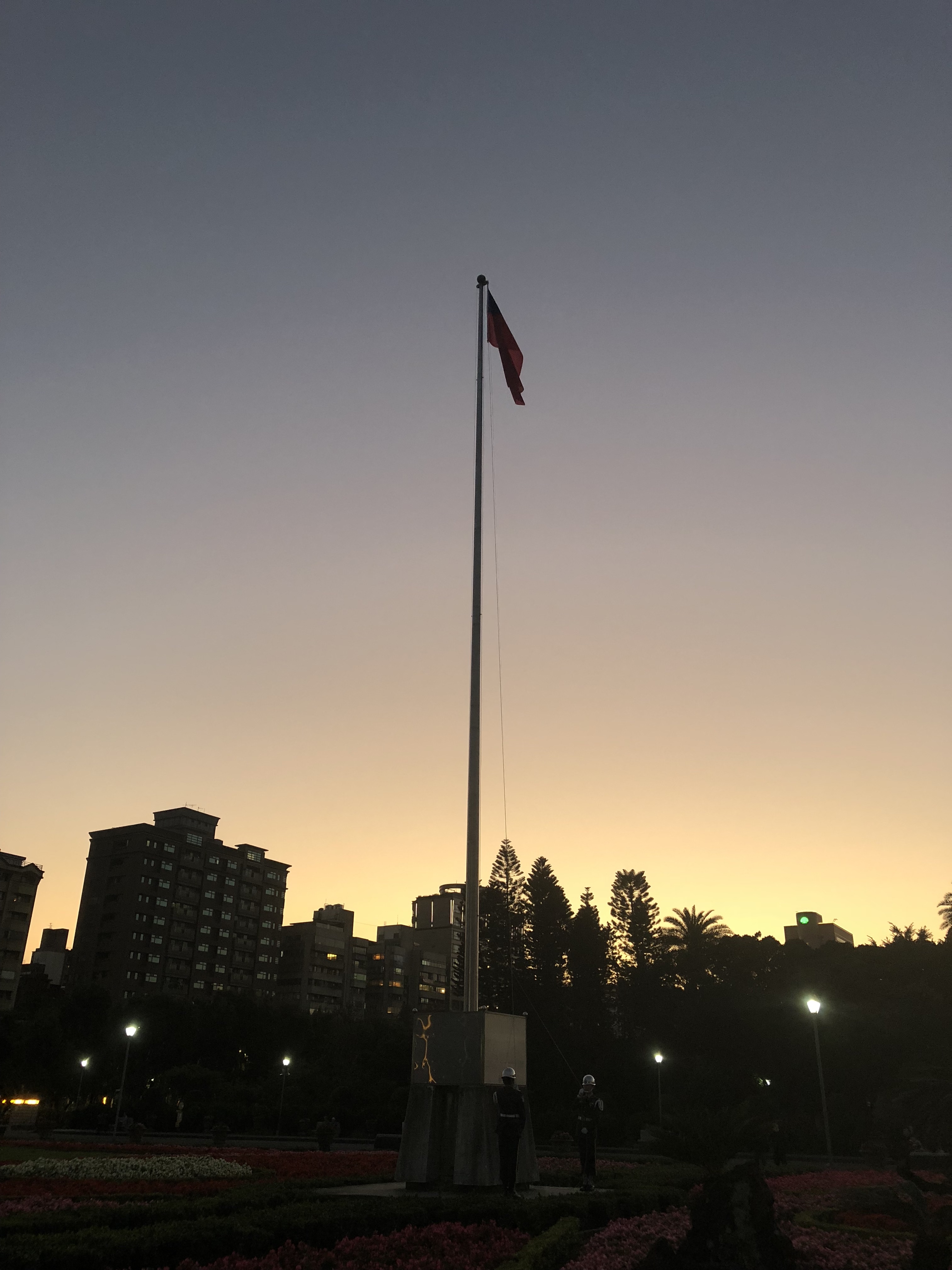Today was a rather busy day for me but it’s difficult to complain when I enjoy everything that I’m doing! In the morning I went with my professor to help clean up Sargassum from one of the beaches on South Caicos. We drove in Big Red to a spot near the other side of the island; it was a beautiful drive! All of the rain in the past weeks has transformed the entire island, bringing up lush grasses and turning the leaves a vibrant green. Compared to the brown, straggly shrubbery that dominated the island when we first arrived, the island seemed to me nearly a rain forest (with just as many mosquitoes). Unfortunately, the dirt road to our destination was flooded for a significant portion, so we had to turn around and hope to try again the following week.
When we got back to the research center, I went to elementary school for community outreach. Today I was in the kindergarten classroom and showed them about Australian animals; I found the best way to occupy the young children’s attention is by showing them pictures of animals and acting them out. I might actually be getting the hang of how to interact with kids!
After lunch, I had a lionfish hunting dive. Lionfish are a terribly successful invasive species. They’re very beautiful looking and were traded as exotic aquarium fish. They first appeared in the ocean off the coast of Florida in 1985, and since then have spread all throughout the Caribbean Sea and up the east coast of the U.S. Their venomous spines protect them from any potential natural predators, and they eat an absurd amount of all fish species, decimating local populations. Lionfish have a very fascinating method of hunting: they fan out their fins and spines to corral their prey into a corner, then unhinge their jaw and quickly suction their prey into their mouths.
For our dive, I laid out a 100 meter transect while the rest of the group followed slightly behind me and looked around the rocks and in crevices for lionfish. Although it took a little while, one of our group members finally spotted a small lionfish and pointed it out to our professor, who had a spear. The lionfish’s invulnerability was rather evident in its behavior; it hovered in front of a rock, seemingly unperturbed by the approach of a human. The spear went right through the lionfish and crunched on the rocks behind it, a very abrupt sound underwater. As the lionfish was put into the bin carried by our waterfront assistant, we recorded the time, depth, habitat, and other useful information about the capture.
When we got back to the research center, we dissected the lionfish. First, we had to cut off all the spines to avoid getting pricked; they’re still dangerous after death. Our professor dug through the fat and found the stomach, which had 2 fish inside of it; one of them was missing its head. Both fish were surprisingly large in comparison to the size of the lionfish. Once we had collected all of the necessary information, we added it to a large spreadsheet with all of the information about lionfish captures in the area. Since the lionfish have no natural predators and are very destructive to the ecosystem, there has been a lot of research and effort to control their numbers and spread. That’s one of the projects that School for Field Studies in South Caicos is working on. The staff go out every Sunday for these lionfish hunts, which appear to be fairly successful when done this often. It was very interesting to help out with the project, although I honestly felt a little bit morally unsound with taking part in killing another creature. It’s an odd dilemma: on one hand, the lionfish are extremely harmful to the environment and the other organisms that live there. On the other hand, a lionfish is still a living creature that is just very well-adapted and was born in the wrong place. I suppose this is a common dilemma when dealing with invasive species, and I’ll just have to figure out how to excuse it. So much for science always being black and white!
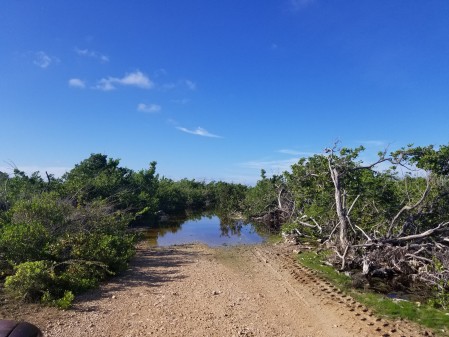
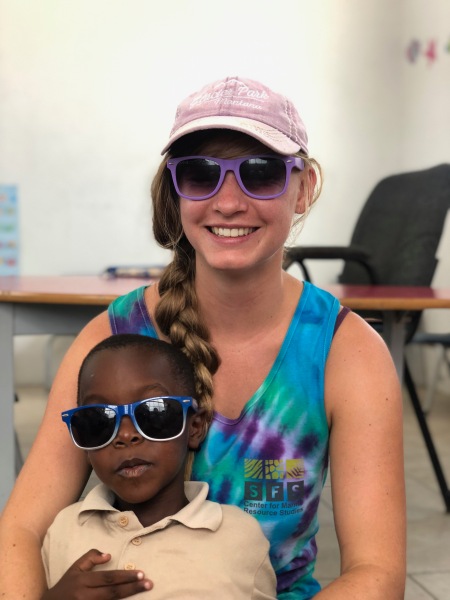




 Posted by Madelyn in TCI
Posted by Madelyn in TCI 






